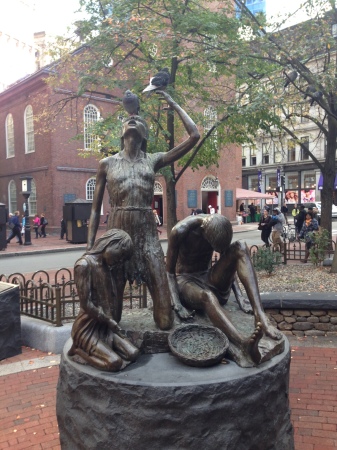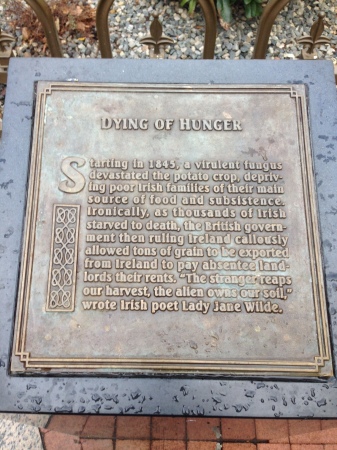
Came across this monument in Boston last week. A stark reminder of what happens when crops are not diverse enough.

Agricultural Biodiversity Weblog
Agrobiodiversity is crops, livestock, foodways, microbes, pollinators, wild relatives …

Came across this monument in Boston last week. A stark reminder of what happens when crops are not diverse enough.
